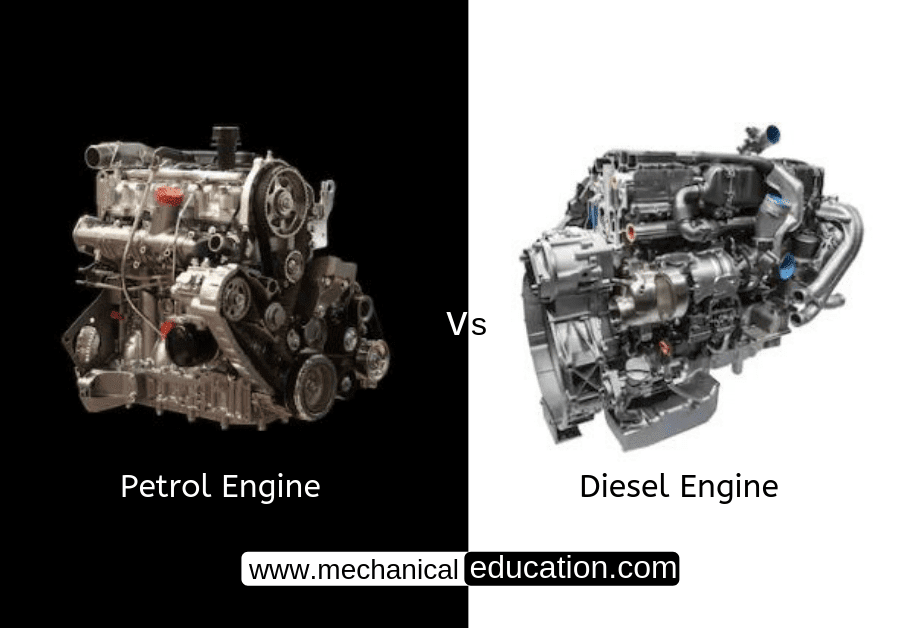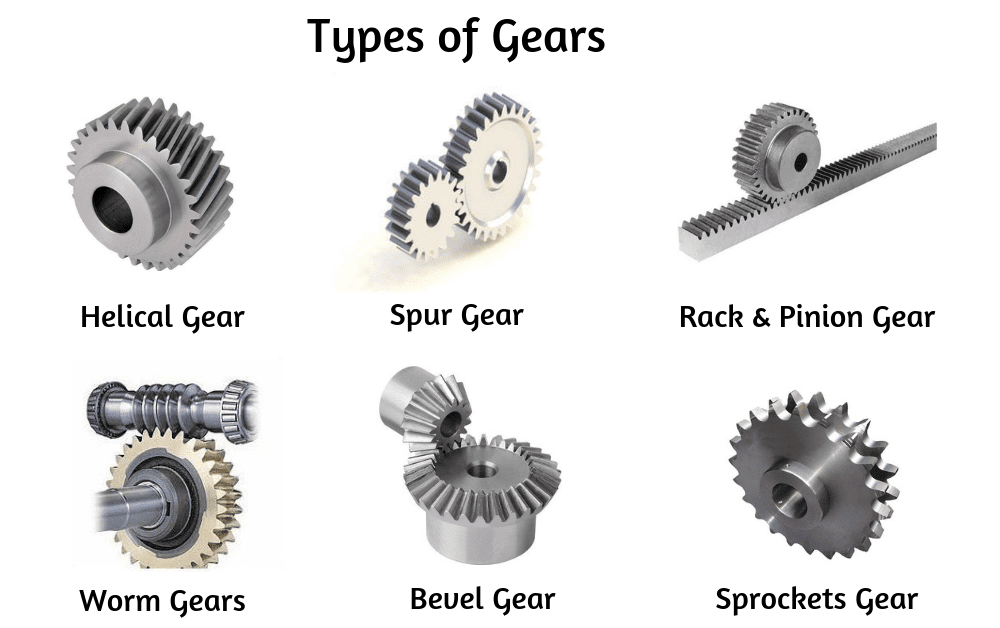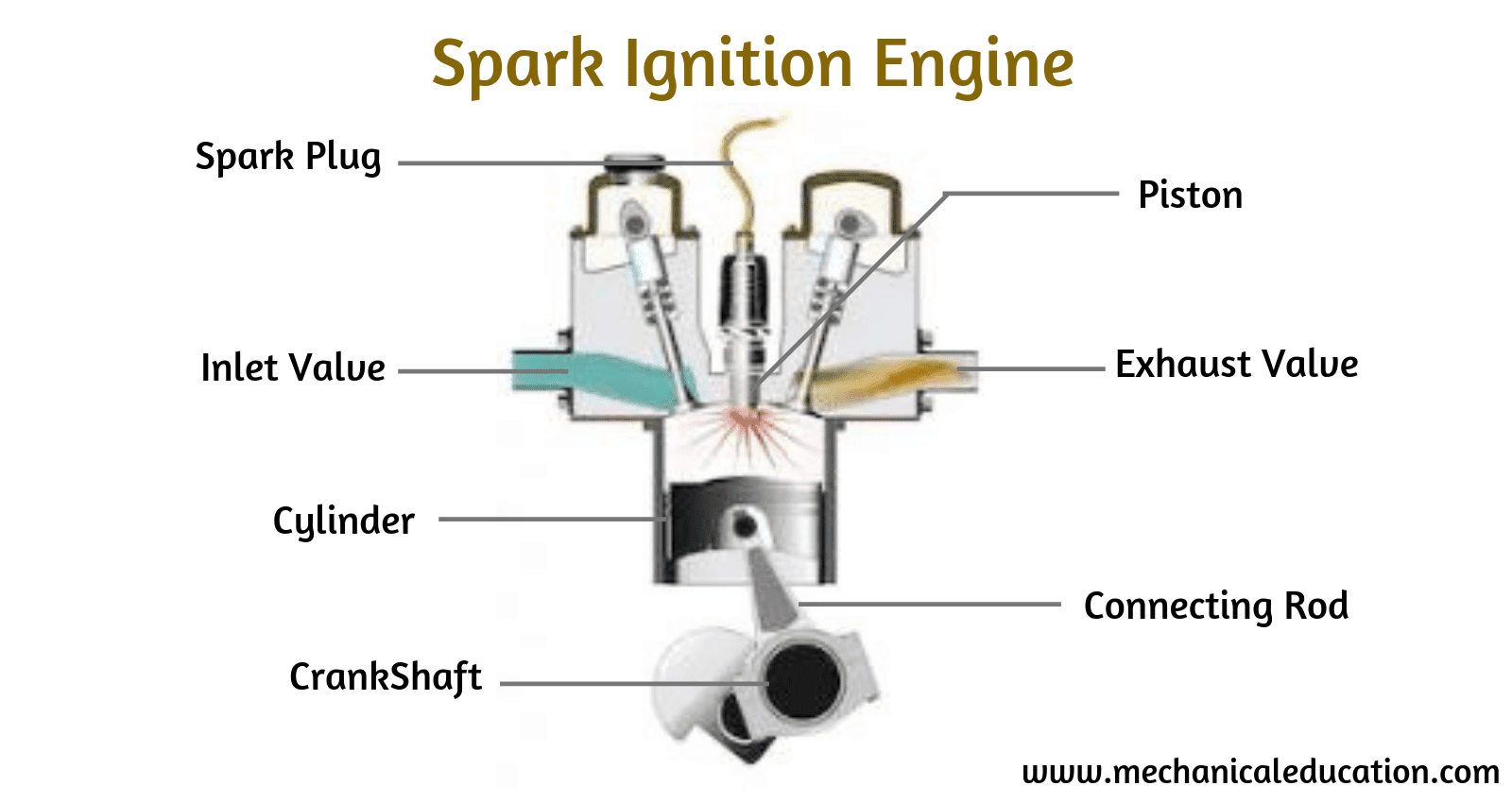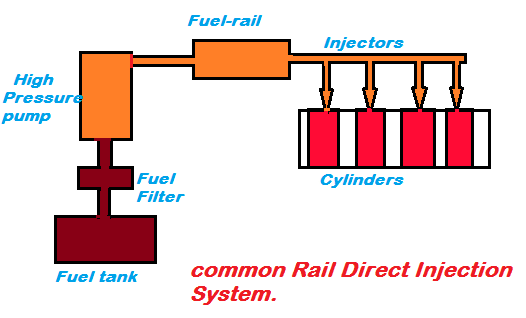Introduction: The air intake manifold is a vital part of your vehicle – it is responsible for delivering a mixture of air and fuel to each cylinder in the engine, allowing combustion to take place. This enables your car to start and run properly. Let’s take a look at how this important system works and why it’s important for you as a driver.
How Does the Air Intake Manifold Work?
The air intake manifold is connected to both the carburetor or fuel injection system of your car (depending on whether it has a petrol or diesel engine) and its cylinder head(s). When fuel enters through one side of the manifold, cold air is drawn in from outside sources like an air intake housing on another side – this mixture creates combustion within each cylinder when ignited by spark plugs or other ignition systems. Once the combustion process takes place, energy is created which helps propel your vehicle forward. Without this combination of air and fuel, your car would not be able to run efficiently.
Signs that You May Need an Air Intake Manifold Repair
If you notice any of the following issues with your vehicle, then you may need an air intake manifold repair: reduced engine performance; poor acceleration; frequent stalling; unusual noises coming from under the hood; decreased gasoline mileage; or excessive exhaust smoke. If any of these symptoms are present, it’s best to have a mechanic examine the system as soon as possible.
Importance of Regular Maintenance
It’s important to regularly maintain all parts of your vehicle, including its air intake manifold. This will help ensure that your car runs smoothly and optimally while reducing future repair costs due to damage caused by dirt or debris buildup in the system. You can also install an aftermarket performance filter or upgrade existing components such as spark plugs in order to increase power output and improve overall efficiency. It’s always best to consult with a professional mechanic prior to making any modifications so that you can get advice tailored specifically for your vehicle’s make and model.
Conclusion:
The air intake manifold plays an essential role in keeping your car running properly by providing a steady supply of mixed air-fuel into its cylinders for combustion purposes. As such, it’s vital that you pay attention to any signs that something might be wrong with this part so that necessary repairs can be made quickly before more serious issues arise down the line. Additionally, regular maintenance should be performed on all parts of your vehicle – including this one – so that future costly repairs can be avoided altogether!
Frequently Asked Questions
1. What is the air intake manifold in a vehicle?
The air intake manifold is a component in a vehicle’s engine system responsible for distributing air to the cylinders. It connects the air filter to the intake ports on the engine, ensuring a steady and controlled flow of air.
2. How does the air intake manifold contribute to engine performance?
The air intake manifold plays a crucial role in optimizing engine performance by evenly distributing air to each cylinder. This balanced air supply is essential for proper combustion, leading to improved power and fuel efficiency.
3. What materials are commonly used to manufacture air intake manifolds?
Air intake manifolds are often made from materials like aluminum, plastic, or a combination of both. Aluminum is preferred for its lightweight and durable properties, while plastic can be cost-effective and resistant to heat.
4. Can a damaged or faulty air intake manifold affect engine performance?
Yes, a damaged or faulty air intake manifold can adversely impact engine performance. It may lead to uneven air distribution, affecting combustion and causing issues such as reduced power, increased fuel consumption, and poor acceleration.
5. How often should the air intake manifold be inspected or replaced?
The air intake manifold doesn’t typically require frequent replacement. However, it should be inspected during regular engine maintenance intervals or if there are symptoms of performance issues. Replacement may be necessary if damage or wear is detected.
6. What are the signs of a malfunctioning air intake manifold?
Signs of a malfunctioning air intake manifold include rough idling, reduced acceleration, decreased fuel efficiency, and illuminated warning lights on the dashboard. Any unusual noise or visible damage may also indicate a problem.
7. Can the air intake manifold be cleaned to improve performance?
Yes, cleaning the air intake manifold, particularly the throttle body and intake ports, can help maintain optimal performance. Regular cleaning can prevent the buildup of carbon deposits and dirt, ensuring a clean and efficient airflow.
8. Are aftermarket air intake manifolds available for customization?
Yes, aftermarket air intake manifolds are available for customization. Enthusiasts may opt for performance-oriented intake manifolds designed to enhance airflow and improve engine efficiency. However, it’s important to ensure compatibility with the vehicle’s specifications.
9. How does the air intake manifold work with other engine components?
The air intake manifold works in conjunction with components like the throttle body, air filter, and intake valves. Together, they regulate the airflow into the engine, ensuring the proper air-to-fuel ratio for combustion.
10. Can a clogged air filter affect the performance of the air intake manifold?
Yes, a clogged air filter can restrict airflow to the air intake manifold, impacting engine performance. Regularly replacing or cleaning the air filter is essential to maintain an unobstructed and efficient intake system.




